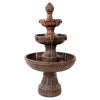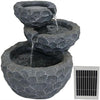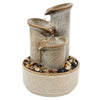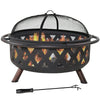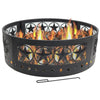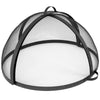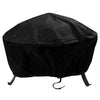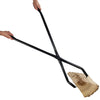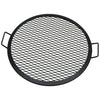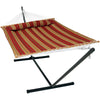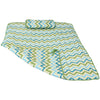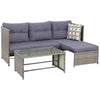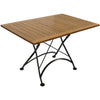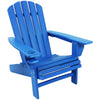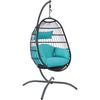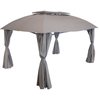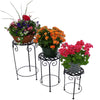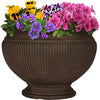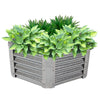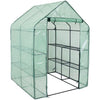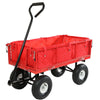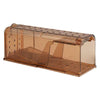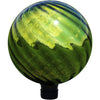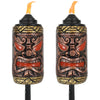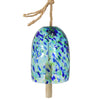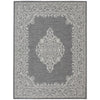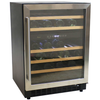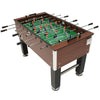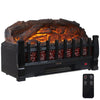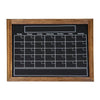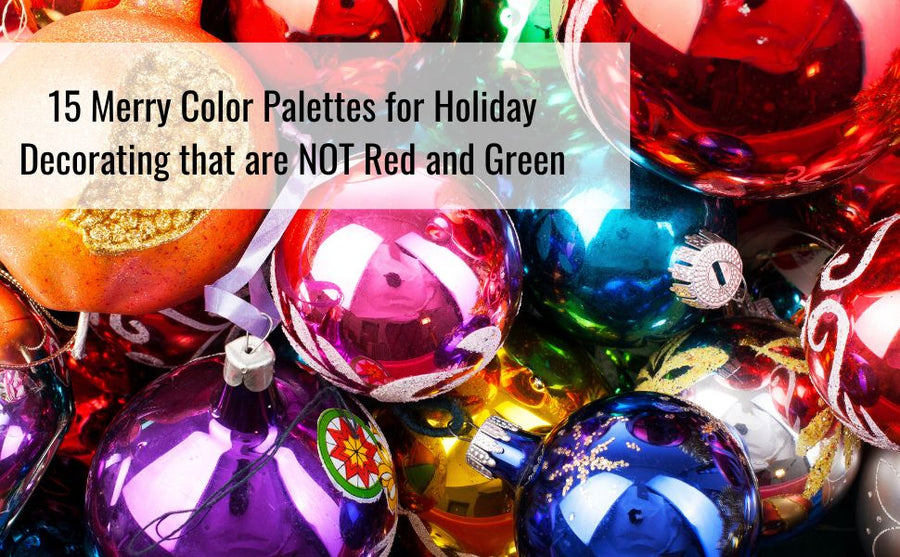If you just ordered a product from Sunnydaze and you don’t know what to do with the box, consider composting it for an easy, eco-friendly way to get rid of it! Cardboard is a fantastic addition to your compost, helping to balance moisture levels, aerate the pile, and provide a carbon-rich material that fuels decomposition. Let’s dive into the details of how to compost cardboard effectively.
Is Cardboard Compostable?
Absolutely! Cardboard is made from plant-based materials, which means it breaks down naturally over time. When composted correctly, it decomposes into nutrient-rich humus that benefits your soil. Adding cardboard to your compost pile can also improve aeration, reduce waste, and help to balance moisture for perfect composting conditions.
However, not all cardboard is created equal, so it’s important to know which types are compost-friendly.

What Types of Cardboard Can I Compost?
It’s important to be mindful about the type of cardboard you include in a compost pile. Opt for these types of cardboard for the best results.
-
Plain brown corrugated cardboard – This is the best choice, as it’s free from dyes and coatings.
-
Paperboard (like cereal boxes and toilet paper rolls) – These can be composted as long as they don’t have a plastic coating (shiny appearance).
-
Shredded cardboard – Smaller pieces break down faster and help improve airflow in the compost pile.
Avoid composting cardboard that is:
-
Wax-coated – This type doesn’t break down easily and can leave unwanted residues in your compost.
-
Heavily printed or glossy – While some inks are vegetable-based and safe, glossy coatings may contain plastics that aren’t compostable.
-
Food-soiled with grease – Greasy pizza boxes, for example, can attract pests and slow decomposition.

How to Compost Cardboard
To get the most out of composting cardboard, follow these simple steps:
-
Remove any tape or stickers – These won’t break down and should be discarded separately.
-
Tear or shred it – Breaking the cardboard into smaller pieces helps speed up decomposition.
-
Balance with greens – Cardboard is a “brown” (carbon-rich) material, so be sure to mix it with “greens” (nitrogen-rich materials like fruit scraps and grass clippings) for a healthy compost pile.
-
Moisten as needed – If your pile seems too dry, dampen the cardboard slightly to help microbes break it down faster.
-
Turn the pile regularly – Mixing the compost ensures oxygen circulation and promotes even decomposition.
Cardboard is an excellent addition to your compost pile when used correctly. By choosing the right types, shredding it for faster decomposition, and balancing it with nitrogen-rich materials, you’ll create a thriving compost system that benefits both your garden and the environment. Happy composting!
